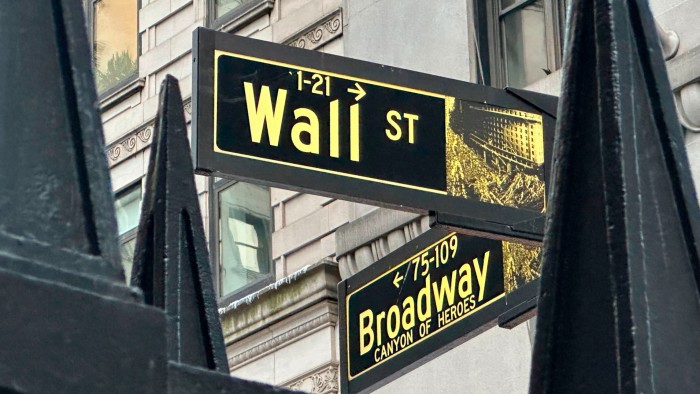Unlock the White House Watch newsletter for free
Your guide to what the 2024 US election means for Washington and the world
The writer is a professor of finance at the Stanford Graduate School of Business and a senior fellow at the Hoover Institution
The US banking system is burdened by a convoluted regulatory architecture, where multiple agencies — federal and state — oversee financial institutions with overlapping jurisdictions and, at times, competing interests.
This fragmented structure, originally intended to enhance oversight, often creates inefficiencies, delays and inconsistencies in enforcement. Donald Trump’s incoming administration now has an opportunity to address some of these flaws.
The failures of Silicon Valley Bank and First Republic Bank, where regulators shifted blame and acted too late, reveal a system that is reactive rather than proactive. It is time to question more whether this multi-regulator framework truly fosters stability or instead stifles innovation, responsiveness, and accountability.
Nearly 70 per cent of commercial banks in the US, including SVB and First Republic, operate under a dual regulatory system where state and federal regulators alternate oversight. Some banks are also regulated by multiple federal regulators such as the Office of the Comptroller of the Currency and the Federal Deposit Insurance Corporation.
Proponents argue this enhances resilience by offering multiple perspectives and reduces political interference by giving banks some choice over their primary regulator. However, this structure also has clear costs: inconsistent enforcement, regulatory arbitrage and delays in addressing emerging risks.
The 2008 collapse of Washington Mutual, the largest bank failure in US history, is a case in point. A congressional investigation found that WaMu’s downfall was exacerbated by oversight issues between the Office of Thrift Supervision and the FDIC. Their inability to act decisively, due to poor co-ordination, allowed vulnerabilities to fester.
Recent events reflect the persistence of these issues. At SVB, for instance, early warning signs — its bond portfolio losses and concentrated depositor base — went unaddressed, with regulators either failing to enforce standards or having their efforts diluted by overlapping authorities. Research shows that such inconsistencies create opportunities for regulatory arbitrage, where banks exploit disparities to engage in riskier practices.
These problems extend beyond banks to the emerging fintech sector. Non-bank and fintech firms are driving innovation in payments and lending, yet jurisdictional battles among regulators, state versus federal or even between federal agencies, have stalled the development of sound regulatory frameworks.
Streamlining the regulatory framework is difficult. Any significant consolidation regulation will require congressional approval, a challenge that has historically derailed broader reforms. For instance, while the Office of Thrift Supervision was eliminated under the Dodd-Frank reforms after the financial crisis in response to Washington Mutual’s collapse, additional consolidation efforts faced strong political resistance. Likewise eliminating the entrenched dual Federal and state bank regulatory system altogether may be impractical.
But much more can be done by the Trump administration to target unnecessary duplication and improve co-ordination. It should seek to consolidate oversight responsibilities between the regulatory bodies, address inefficiencies between federal and state regulators, and implement tools such as a performance scorecard to assess regulators. A clear example of regulatory overlap is the dual oversight of national banks by the OCC and the FDIC, both of which conduct separate examinations of the same institutions.
Importantly, it can also align regulatory incentives to ensure agencies prioritise financial stability and sound supervision over bureaucratic interests. It is also time to challenge the assumption that more regulation equals more safety. Overregulation imposes heavy costs, compliance expenses alone have risen by nearly $50bn annually for financial institutions since 2008, and disproportionately harms smaller banks. Rather than adding endless layers of oversight, reform must emphasise accountability: banks should bear the consequences of their risks.
The US banking system remains vital to global finance, but its outdated regulatory architecture threatens its resilience and public trust. By reducing complexity, fostering accountability and aligning incentives, we can create a smarter, leaner framework that promotes both stability and innovation, allowing American finance to thrive and lead the way forward.
Read the full article here

